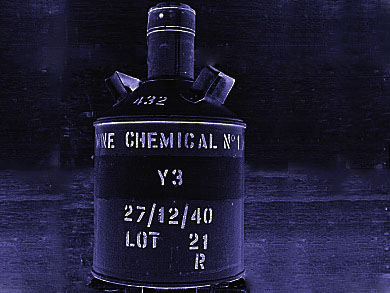On 21 April 2015 the Organization for the Prohibition of Chemical Weapons (OPCW), an intergovernmental organization based in The Hague, The Netherlands, commemorated the first large-scale use of chemical weapons, which occurred in Ypres, Belgium, with a meeting of its Member States. The event served to honor the memory of all victims of chemical warfare over the past century and re-dedicated collective efforts to rid the world of chemical weapons. A Declaration was issued by the 190 States Parties reaffirming their commitment against chemical weapons.
Chemical weapons had been around for many centuries. Examples include poisoned arrows, arsenic smoke, and boiling tar. However, it was not before World War I that the use of chemical weapons had caused such suffering and devastation. The use of chlorine gas and mustard gas resulted in 90,000 deaths and over one million casualties. An exhibition at Ieper’s Souterrains reminds of the genesis and impact of chemical weapons and of the historical significance of the Convention for the Prohibition of Chemical Weapons. The exhibition will be open to the public for three weeks.
- Commemorative website ieper100.org
Also of interest:
- How Chemicals Became Weapons,
ChemistryViews.org 27 March 2015.
Looking at the dawn of chemical warfare 100 years ago and the controversial role of Fritz Haber - The Duality of Chemistry and the First World War,
Ferruccio Trifiro,
EuCheMS 2015.




